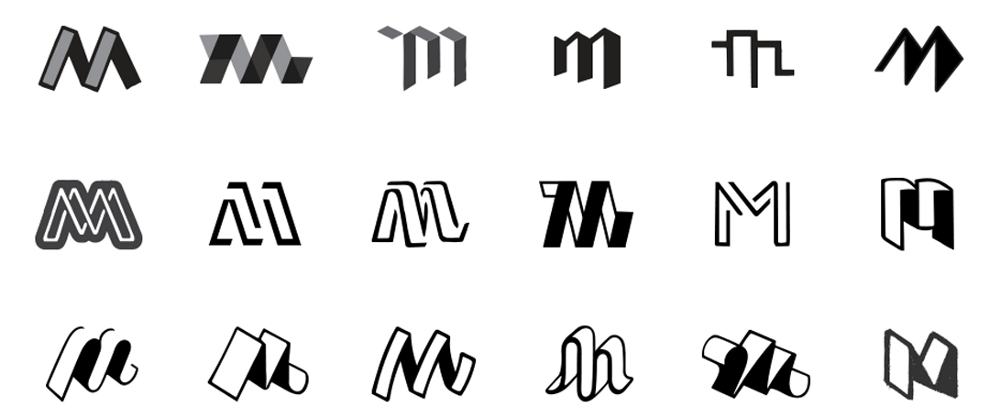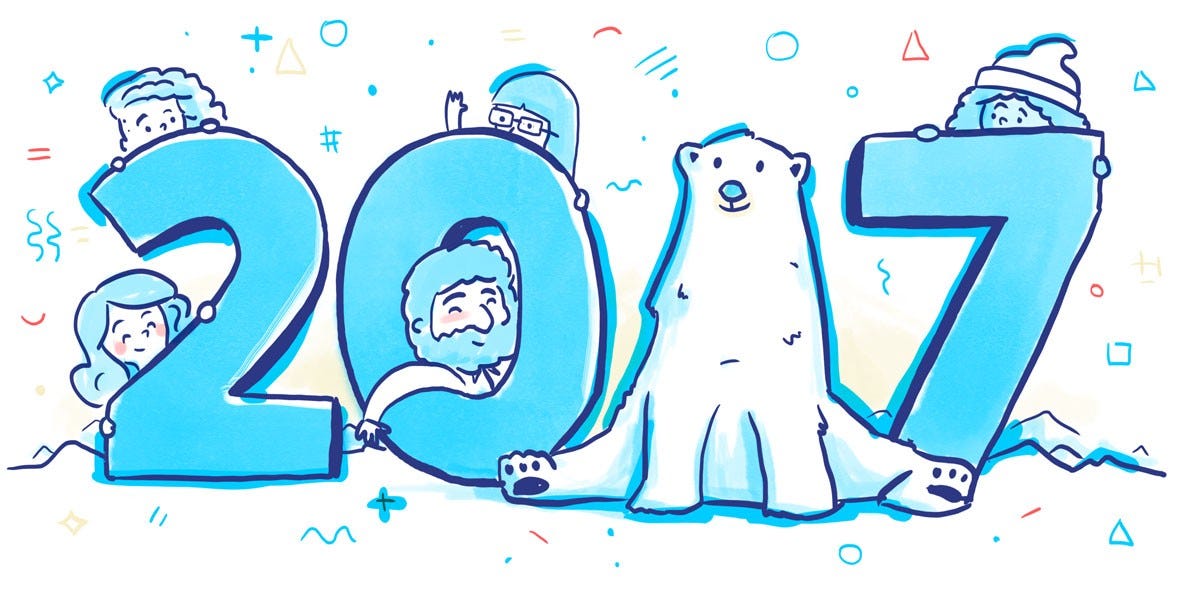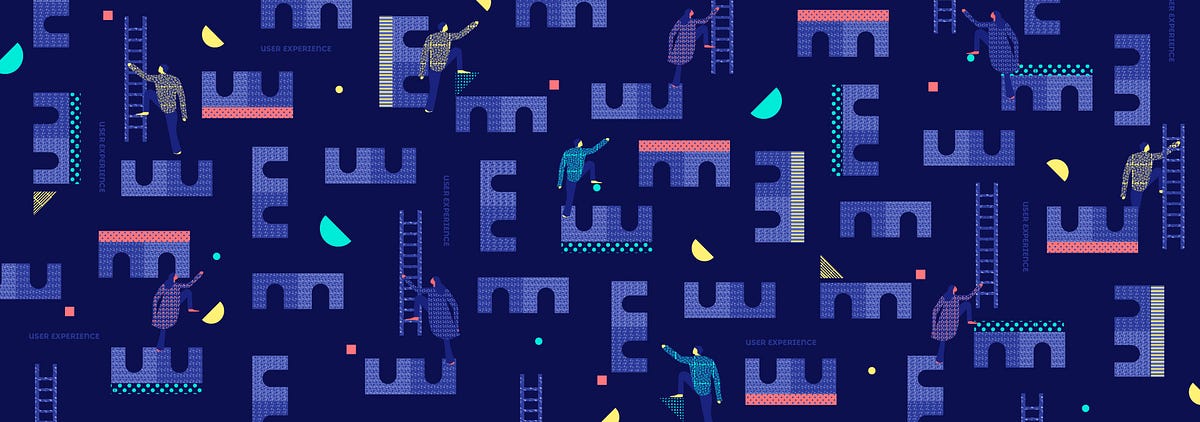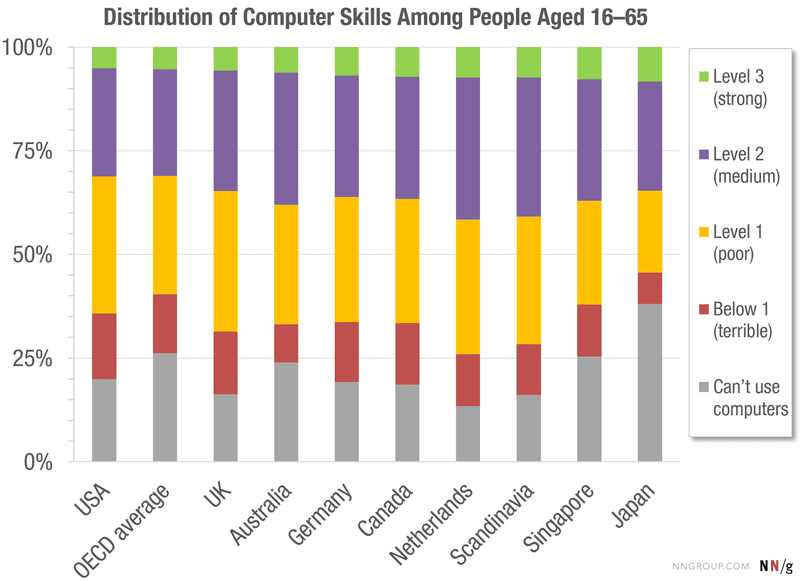
Creative, insightful, helpful, and actionable; we’ve curated and categorized 75 of Medium’s best design posts from the past year. Enjoy!
See Medium’s Best Design Writing of 2015.
Approaches to the Creative Process
The pathway to creative success is neither static nor singular, as the following articles reveal.
How to Apply a Design Thinking, HCD, UX, or Any Creative Process from Scratch by Dan Nessler.
8 Unintuitive Lessons on Being a Designer by Julie Zhuo.
4 Things Working at Facebook Has Taught Me About Design Critique by Tanner Christensen.
How We Tried to Design Our Own Book Cover (and How Jessica Hische Saved the Day) by Jake Knapp.
The Broken Window Theory In Design and Product Development explains why little problems are important problems; by Tobias van Schneider.
The Design Process characterizes the current state of UX — one of awkward pubescence — and suggests that some serious self-reflection, together, is necessary if design is to be taken seriously; by Pablo Stanley.
The Art of Designing With Heart reminds us that our software exists to help people and that if we build with them in mind, they’ll notice; by Jonas Downey.
In Defense of Homogeneous Design suggests that in our experimentation with products, we should also recognize when our ‘unique’ design gets in the way of our users’ experience; by Yaron Schoen.
Digital Product Design Principles gives you 12 considerations to help you make design decisions; by Wouter de Bres.
Behind the Scenes of the Creative Process
These in-depth articles explore some of the tech industry’s most successful products. Here we learn from the processes of Spotify, Facebook and Instagram.
Designing a New Look for Instagram, Inspired by the Community by Ian.
Design Doesn’t Scale reveals why Spotify’s product fragmentation was reflected in its team’s fragmentation and how when you invest in aligning and coordinating designers, design does scale; by Stanley Wood.
Redesigning the Spotify Icon Suite explores the visual, functional and contextual challenges faced over the four month process; by Andrea Limjoco & Rob Bartlett.
Peek Inside a Facebook Critique gives you a glimpse into how Facebook uses their product to help others make the world more open and connected; by Tanner Christensen.
Designing Complex Products shares insights about the growing landscape of interactions and how to cut through the complexities of people and products in your design projects; by Erik K.
Redesigning Chrome Desktop is a detailed account of Chrome Desktop’s redesign, the importance of a more future-proof design process and the value of a pixel; by Sebastien Gabriel.
UX
User experience is a broad topic and the focal point of any great product. Thankfully, these UX pieces cover a vast amount of ground, from basic tips to cutting-edge recommendations.
Complexion Reduction: A New Trend in Mobile Design explores the next level of ‘clean and minimal’ in mobile design and the ultimate guide to Complexion Reduction; by Michael Horton.
Designing More Efficient Forms: Structure, Inputs, Labels, and Actions by Nick Babich.
Design Better Forms outlines common mistakes that designers make and how to fix them; by Andrew Coyle.
Designing Smart Notifications is call for smarter notifications that provide value and are truly helpful; by Alex Potrivaev via Intercom.
Microinteractions: The Secret of Great App Design explains what a microinteraction is, why they work, how to identify opportunities, and the necessity of a human-centered design approach; by Nick Babich.
The Value of Multi-Typeface Design offers a counter-argument in defense of eclectic type systems and ways to effectively incorporate multiple typefaces in your projects; by Bethany Heck.
UX Design for Mobile: Bottom Navigation reiterates that navigation is a conversation and provides 3 rules for for good bottom navigation design; by Nick Babich.
Developing Your Eye for Design showcases a simple strategy that will help you develop and improve upon your taste and ability to identity strengths and weaknesses in designs; by Jonathan Z. White.
Functional Animation in UX Design: What Makes a Good Transition? by Nick Babich.
Button UX Design: Best Practices, Types and States by Nick Babich.
Designing Confirmation urges us to think about invoking action in a landscape where advanced technologies and interfaces are vastly changing user interaction; by Andrew Coyle.
Using Card-Based Design to Enhance UX details why web and mobile apps are moving away from pages towards cards and completely personalized experiences; by Nick Babich.
Hamburger Menu Alternatives for Mobile Navigation explores other menu types and why there isn’t a single one-off solution for mobile navigation; by Zoltan Kollin.
The Art of Stealing: How to Become A Master Designer looks at examples of how some designers have copied design work and effectively innovated upon it; by uxplanet.org via Michael Abehsera.
Designing Perfect Text Field: Clarity, Accessibility and User Effort by Nick Babich.
The Ultimate Guide to Chatbots: Why They’re Disrupting UX and Best Practices for Building; by Joe Toscano.
UI
UI is a robust, fascinating topic, especially in 2016. The following pieces reframe long-held assumptions concerning word design, television, best button practices, and present trends.
How To Be More Organized While Designing UI by Marek Minor.
How To Design Words claims that those who work with words should make reading as easy as possible and gives us 7 tips for designing them; by John Saito.
Motion Design is the Future of UI by Craig Dehner.
Designing for Television, a Three-Part Series by Molly Lafferty.
Effective Writing For Your UI: Things to Avoid offers 16 tips to build trust with more clear, accurate and concise text by Nick Babich.
Think Less. Design Better. promotes better UI design workflow through reduced decision-making and thought processes; Christian Miller.
4 Things I Learned Designing UIs for VR at Disney by James Hsu.
Buttons in UI Design: The Evolution of Style and Best Practices by Nick Babich.
Designing Future-Proof UI explores why UI has a limited lifespan and what we can do to ensure designs have longevity; by Christian Miller.
Animation / GIFs
Animation is an integral part of digital design, and its implementation has ignited some interesting debate and discussion over the past year.
UI Animation: Eye-Pleasing, Problem-Solving acknowledges those who view animation as an unnecessary feature overloading UI, but maintains that it’s the closest thing that captures the essence of actual and real interaction, and should support the user; by Tubik Studio.
5 Mistakes to Avoid When Designing Micro-Interactions by Issara Willenskomer.
UI Animation: Microinteraction for Macroresult explores the essence of microinteraction and how these cumulative microinteractions can grow into great usability, efficiency and popularity; by Tubik Studio.
How to Use Animation to Improve UX by Nick Babich.
10 Principles for Smooth Web Animations contains a complete guide to getting 60fps animations with CSS; by Anand Sharma.
Color
Color, a design element that is often taken for granted, is covered in a complete guide below.
How to Find Your Perfect Color Pairings — Introducing ColorClaim is a quick and short article about one designer’s color workflow by Tobias van Schneider.
Designing in Color serves as a guide for your color palette process because it’s important and at times intimidating, so much so that 90% of people’s snap decisions are made solely based on color; by Jonathan Z. White.
Picking a Color For Your Brand outlines the significance of color to a brand’s identity and provides some thoughts to guide you through answering this question — what colors are right for this brand?; by Bill S Kenney.
Trends
From card-based design to studying business, 2016’s design trends are covered below in great detail.
The Future Is Near: 13 Design Predictions for 2017 by Chase Buckley.
Why Designers Shouldn’t Code, But Study Business by Joshua Taylor.
The Next Big Thing in Design is a call to apply collective design practices to greater, more global challenges; by Tim Brown.
5 Actual Web Design Trends for 2016 by Nils Sköld.
Design and the Self reviews the various levels at which we can understand design and calls for good design in the world because good design helps us to be the best version of ourselves; by Irene Au.
5 Design Secrets from the Kids Who Will Replace You by Kim Cullen.
Top 3 UX Mobile Design Trends and the emphasis on personality, navigation and content; by Joanna Ngai.
50 Shades of #FAFAFA is a list of silly things designers do and don’t do, but don’t take it too seriously; by Jon Moore.
Misc.
How-to’s, myths, approaches, and assholes, the following pieces aren’t easily categorized, but merit inclusion on the list for their array of valuable thoughts on design.
9×9 Pixels, The World’s Smallest Website(s) challenges you to consider the 9×9 rule the next time you build a digital product or design a website, and why supreme excellence lies in simplicity by Daniel Eckler.
The Future of Design is Emotional explores form, function and feeling in design and our relationship to inanimate objects; by Daniel Eckler.
The Ideal Design Workflow provides 27 steps that you can follow to perfect your own design process, but don’t take it too seriously; by Keaton Herzer.
How to Pretend You’re a Great Designer lists some practical tips and principles to trick people into thinking you’re an industry thought leader; by Pablo Stanley.
10 Things You Need to Learn in Design School, especially if you’re tired of wasting your money; by Mike Monteiro.
Questions (and Answers) from Design Interviews at Facebook by Jasmine Friedl.
The Myths of UX Design/Product Design/Whatever They Call It This Weekby Christina Wodtke.
The Unbearable Homogeneity of Design poses many questions that urge us to reflect on a seeming complacency in present design; by Morgane Santos.
Human Centered Design & The 6 Fundamental Principles of Interaction Between Products and Users by César Bejarano.
What is the Purpose of a Logo? Why it’s more about purpose than design; by Brian Solis.
How to Make a Logo, For Free, in About 5 Minutes walks you through fonts, typesets, icons, colors, and layours; by Marc Hemeon.
7 Problems Growing Design Teams Face by Aarron Walter.
Product Design & The Asshole Contingency explains why you won’t be friends with all of your users; by Linnéa Strid.
If Satan was a Web Designer, this is how you’d probably have to enter your phone number. It’s hilarious and terrifying; by Fabricio Teixeira.
A Critical Analysis of the iOS 10 Lockscreen Experience explores how and why Apple’s iOS seems not to have scaled well as new features have been added; by Shankar.
Tools & Resources
No best of 2016 list would be complete without an obligatory rundown of key design tools and resources.
The Beginner’s Guide to Becoming the Best Designer explores different ways we can become the best at something while highlighting the importance of practice, commitment and a strategy for effective learning; by Michael Abehsera.
Great Books for Designers to Still Read in 2017 (if you didn’t get to them this year) by Robin Raszka.
20 Documentaries Every Designer Should Watch by Fabricio Teixeira.
Design at 1x — It’s a Fact makes a case for designing at 1x pixel density and gives us 8 reasons why we should start, too; by Kurt Varner.
The Best Designer Tools Collection by Muzli.
Design, Illustrated in 3 Charts is made up of a few doodles that illustrate one designer’s thought process of trying to out what, exactly, is design; by Julie Zhuo.
Let’s Talk About Design Portfolios is a compilation of impression and lessons learned while evaluating and hiring designers; by Daniel Fosco.
UX Design Methods & Deliverables contains some UX Designers’ most common methods and deliverables, each with a list of additional links and some of the best practices available in the industry; by uxdesign.cc.
64 People You Should Know in Design by Tradecraft.
An Iconic New Look and More shows off Sketch’s brand new icon as well as other app improvements and additions that will excite designers; by Sketch.
Thanks!
A long list, we know, but that’s it — all of our favourite design writing from the past 12 months. Thanks for reading (or skimming). If we missed a great design post from 2016, please let us know!
from Sidebar http://sidebar.io/out?url=https%3A%2F%2Fmedium.com%2Fswlh%2Fmediums-best-design-writing-of-2016-68de5ed2b7d9%23.otv3uz3yy




















